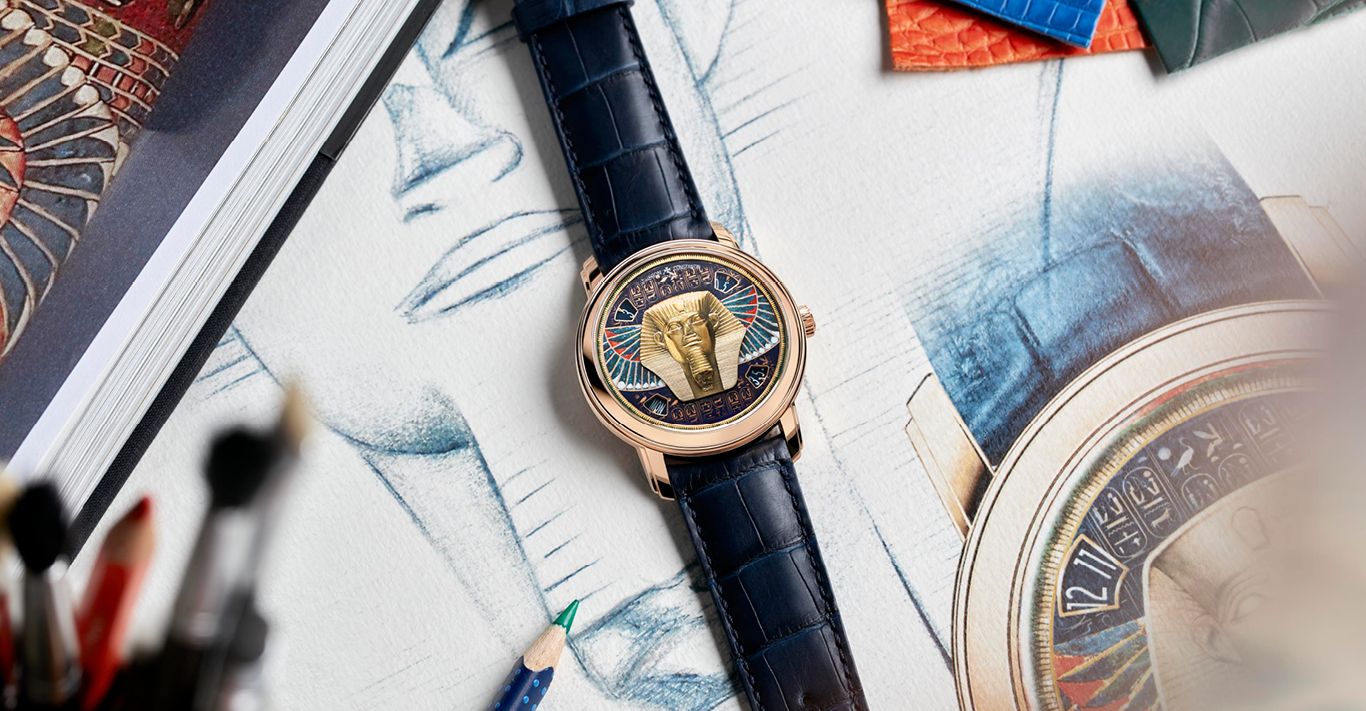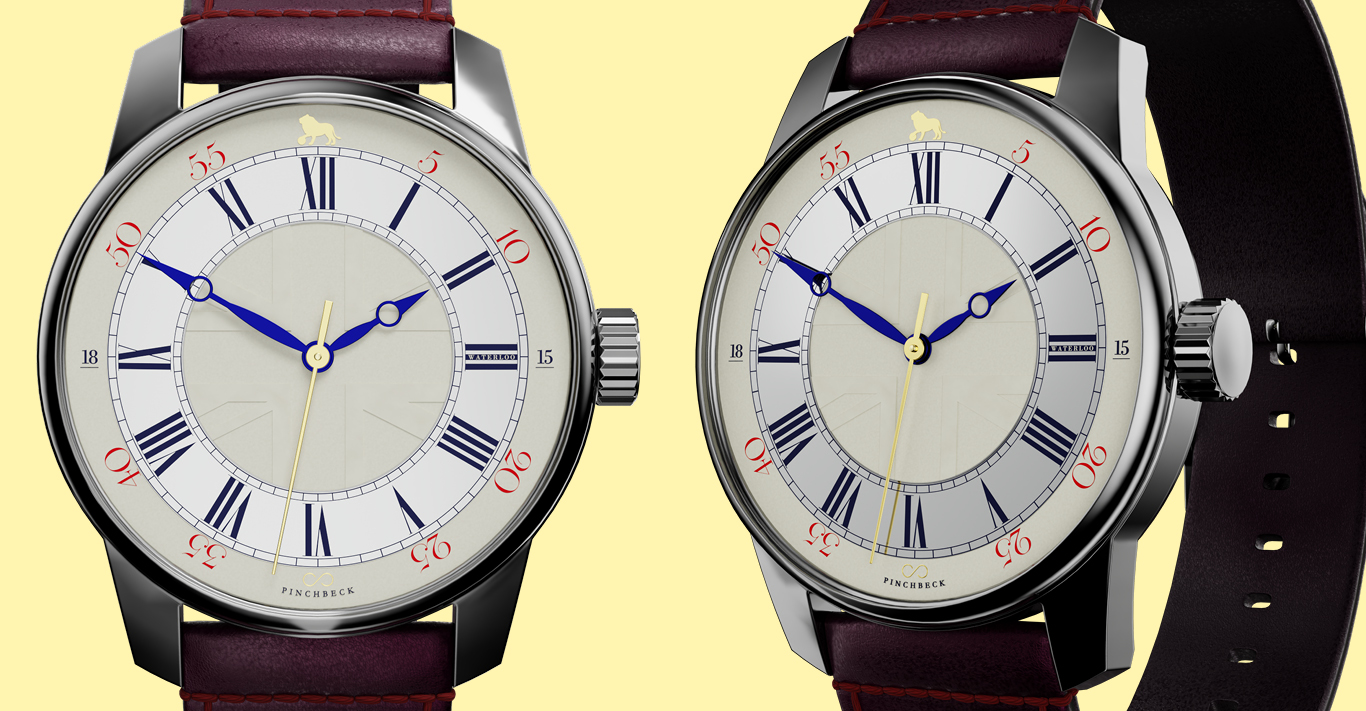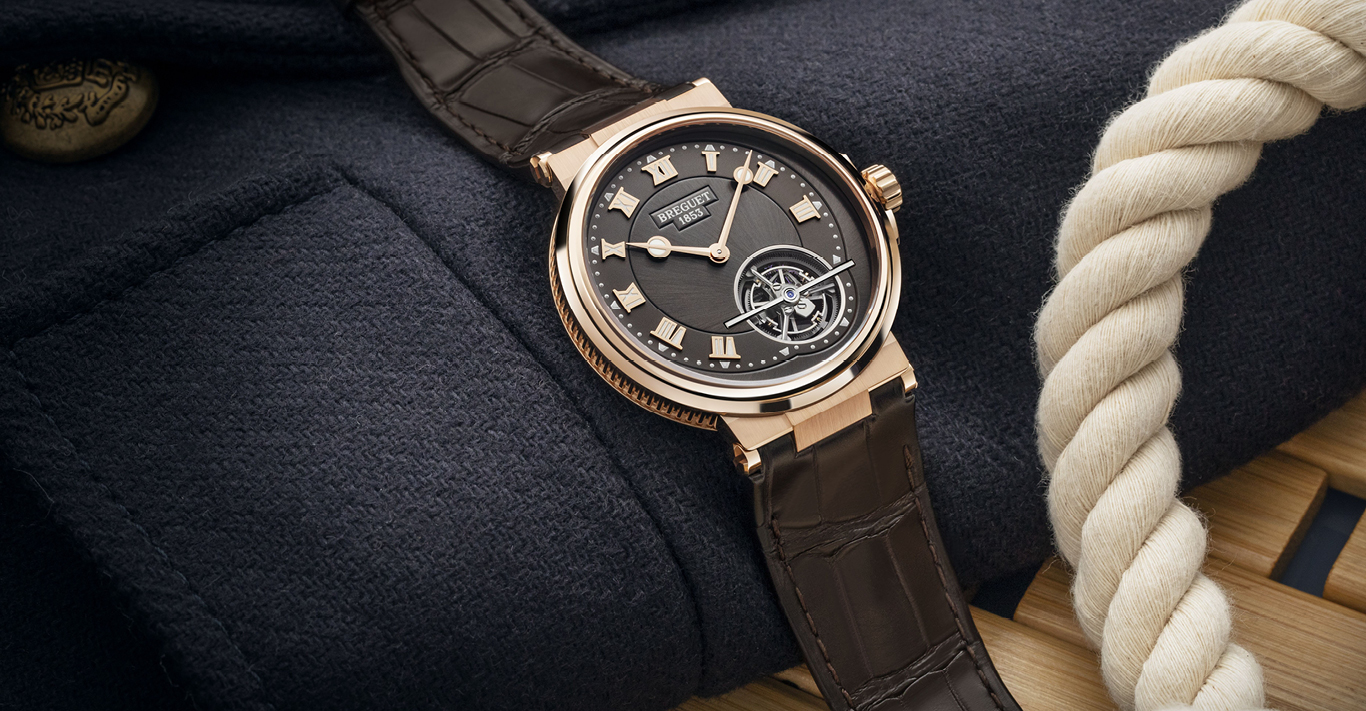WORDS
Joanne Glasbey
Prestigious watchmaker Vacheron Constantin is a favourite of the connoisseur, attracted by its refined, restrained and sophisticated collections. The historic Swiss house – the longest in continuous production since its foundation in 1755 – is also one of the few top-tier brands to offer a bespoke service, Les Cabinotiers, renowned for creating exclusive watches for individual clients and one-of-a-kind designs.
Embarking on a journey to create a new métiers d’art series to showcase its specialist know-how and expertise, it turned to the Louvre museum in Paris to collaborate. The watchmaker has partnered with the museum for a number of years on various projects, so creating timepieces together was an organic progression of the relationship. This first watch partnership is inspired by important exhibits in the museum. ‘We love to celebrate arts and culture around the world,’ explains Christian Selmoni, Vacheron Constantin’s director of heritage and style, ‘so this was a fantastic opportunity.’ The theme pays tribute to four great civilisations but Selmoni stresses they are not merely replicating art works: ‘There’s a respect for authenticity, the history and the heritage.’
While the watches honour the past, they are modern in execution, though much of the craftsmanship involved in their creation employs centuries-old artisanal techniques, including grisaille enamelling, engraving and micro mosaics. Four Louvre artworks, one from each of the four chosen historical epochs, are represented on the respective watch dials: Ancient Egypt is shown by the Grand Sphinx of Tanis, one of the largest sphinxes preserved outside Egypt, and Ancient Greece by the Louvre’s masterpiece winged goddess in the Victoire de Samothrace sculpture. Mesopotamia, the Persian Empire, under the rule of Darius the Great, features the Lion de Darius, taken from a glazed brick decoration found in the palace courtyard, while Ancient Rome is portrayed by the Bust of Augustus.
The artistic composition of each of the four métiers d’art watches in the series are presented with 3D appearances, showcasing the selected museum works as sculpted appliqués, decorated with written and ornamental embellishments, bringing to life the respective eras. To achieve the layered effect, Vacheron Constantin devised a process of nesting various elements: on top of the watch movement is the dial, surrounded by a frieze and dial ornamentation inspired by the decorative arts of the times.
Using an in-house self-winding calibre, four discs were created for hour, minute, date and month, each displayed through windows on the watch, negating the need for hands to be accommodated on the artwork. Technically and aesthetically, the watches are remarkable. Vacheron Constantin has created museum-worthy legacies of significant times in cultural history and, in the process, made history itself.
Limited editions, £POA; vacheron-constantin.com




